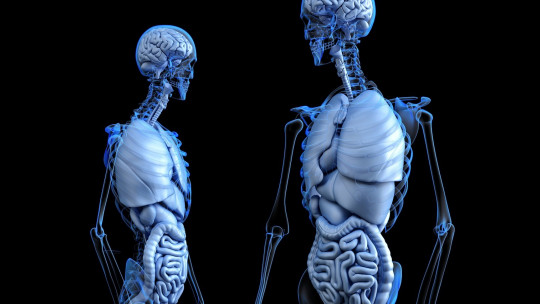Obesity is a chronic disease with a high prevalence worldwide that is generally associated with a multitude of health complications.
Scientific data show that this phenomenon seems to be increasing in recent years, which is why it has become a public health problem, especially in developed countries.
Overweight: a worrying reality…
The World Health Organization (WHO, 2015) states that In the world there are 1.9 billion adults who are overweight , of which more than 600 million suffer from obesity. In Spain, obesity has also become a serious problem, and this is confirmed by the data from the ENRICA study, which concludes that 39% of the Spanish population is overweight and 22.9% obese.
Due to the complexity of this phenomenon, the most effective treatment to combat this condition is made up of three basic pillars: nutrition, psychological aspects and physical exercise
Causes of obesity
Obesity is a multi-causal phenomenon and, therefore, the causes are due to several factors: those of genetic and endocrine origin, which represent 30%, and those of environmental origin, which represent 70%
The latter include excessive food intake, especially unhealthy products, lack of physical exercise and, in general, a sedentary lifestyle.
Obesity and serious health problems
Obesity brings with it serious health problems for people affected with this condition As Miguel Soca and Niño Peña conclude in a research carried out in 2009: “Obesity can cause a set of metabolic abnormalities, called metabolic syndrome (MS): a series of disorders characterized by glucose intolerance, diabetes, lipid alterations in the blood and increased blood pressure.”
Likewise, obesity negatively affects life expectancy and quality of life, as well as body aesthetics, which, consequently, can cause social and psychological problems for the individual with this condition.

Diagnosis of obesity
Obesity is diagnosed, rather than by weight, by the individual’s body fat percentage. Generally, in adult men, approximately 12-20% of their body weight is made up of fat. In the case of women, the percentage is a little higher, 20-30%, mainly due to hormones such as estrogen.
Currently, there are different methods that exist to quantify the percentage of body fat. Biompedance, X-ray engineering or densitometry are some examples. However, one of the most used methods is the Body Mass Index (BMI), obtained by the relationship between weight expressed in kilograms and height in meters squared (BMI: Weight/height2). With the result of this index Overweight is defined as individuals with a BMI equal to or greater than 25 kg/m2 and obese is defined as those with a BMI equal to or greater than 30 kg/m2
Calculating body fat percentage
BMI is an easy measure to obtain, with a high correlation with body composition, and is useful as a diagnostic value. Besides, The higher the BMI an individual has, the greater the possibility of developing morbidities associated with excess fat However, BMI has its limitations and has been criticized for not allowing differentiation between the percentage of fat and muscle mass.
If the percentage of fat mass is considered, obesity corresponds to a fat percentage greater than 25% in men and 30% in women. To estimate body fat percentage, skin folds are a very valid option. With this method it is necessary to add four folds: the bicipital, tricipital, subscapular and suprailiac.
Finally, another measure used to diagnose obesity is the waist-hip ratio (WHR), a specific anthropometric tool to measure intra-abdominal fat levels. This formula allows you to divide the waist circumference by the hip circumference (ICC: waist circumference in centimeters/hip circumference in centimeters). The WHO establishes normal levels for the waist-hip ratio of approximately 0.8 in women and 1 in men.
Types of obesity
Obesity can be classified in different ways depending on the criteria established One of the most used classifications is based on the distribution of body fat, in which there are three categories. According to the SEEDO Consensus (2007), they are the following:
1. Homogeneously distributed obesity
Excess fat does not predominate in any area of the body, which is why it is called homogeneously distributed obesity.
2. Gynoid or peripheral (pear-shaped) obesity
The fat is basically located in the hips and thighs. This type of distribution is mainly related to venous return problems in the lower extremities (varicose veins) and knee osteoarthritis. Women are more likely to suffer from this type of obesity.
3. Android, central or abdominal obesity (apple-shaped)
Excess fat is located in the area of the face, chest and abdomen. It is associated with a higher risk of dyslipidemia, diabetes, cardiovascular disease and mortality. This type of obesity is more common in men than in women.
Other classifications of obesity
In addition to the previous classification, there are others such as the following:
Types of obesity according to degree of risk
According to the consensus of the Spanish Society for the Study of Obesity (SEEDO 2007), obesity can also be classified as follows taking into account BMI:
Types of obesity according to the cause
Depending on the source causing obesity, it can be:









